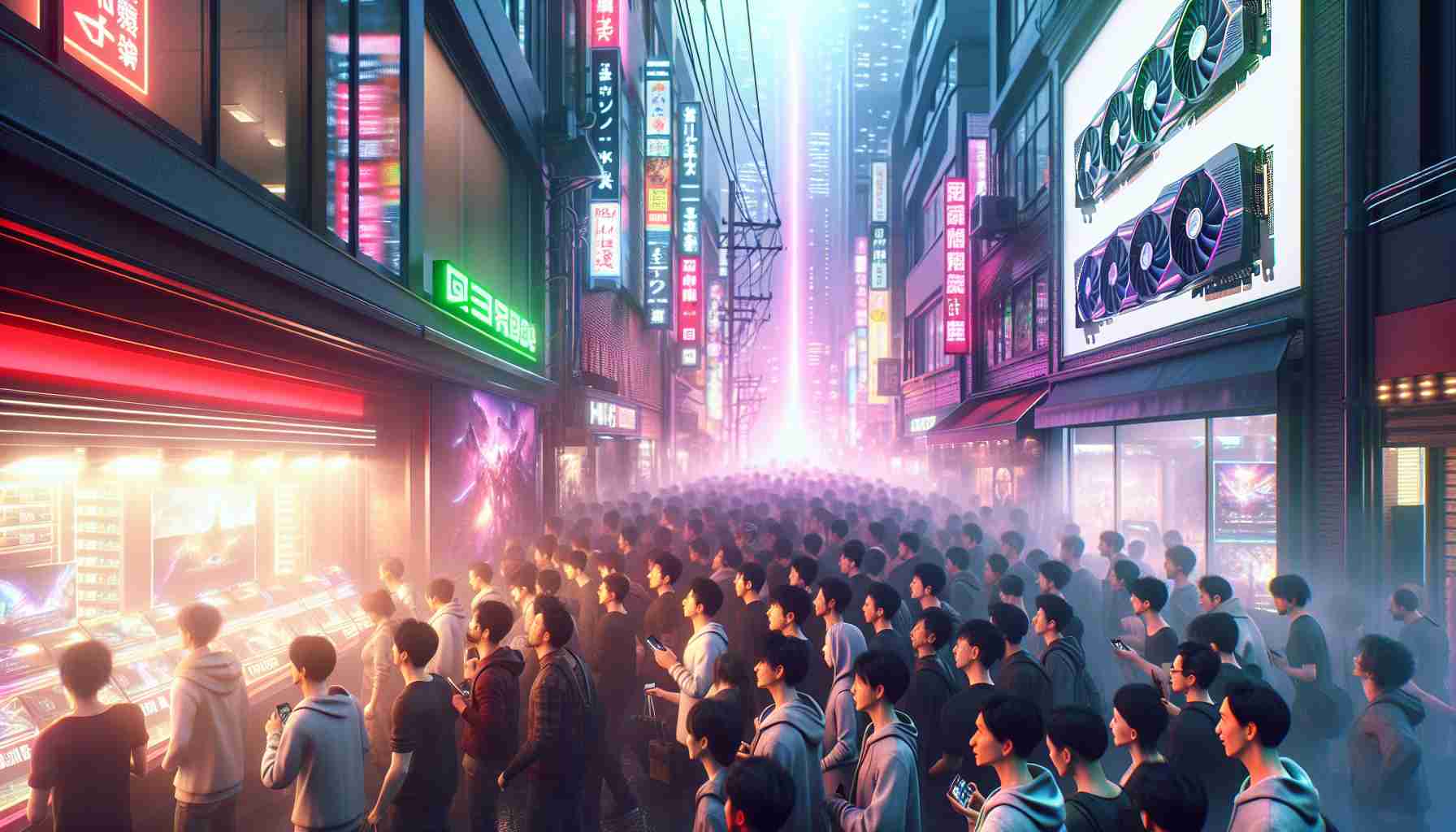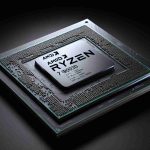- The surge for Nvidia GeForce RTX 50 graphics cards reflects the growing demand for high-performance gaming technology.
- Chinese gamers are particularly affected by US export restrictions, driving their desperation for these products.
- The chaotic scene at Akihabara underscores the influence of hype and competition in the tech market.
- PC Koubou’s initial lottery system failed to manage the overwhelming interest, leading to disarray.
- Social media played a significant role in amplifying the event’s chaos as footage circulated widely.
- The incident highlights ongoing challenges in balancing demand, supply, and consumer experience in the tech industry.
In a scene straight out of a blockbuster movie, an electronics store in Tokyo became the epicenter of chaos last week as hundreds of eager gamers surged into Akihabara, desperate to get their hands on the latest Nvidia GeForce RTX 50 graphics cards. With a crowd exceeding 400 strong, the atmosphere pulsed with excitement — until it spiraled into mayhem.
This tech frenzy was ignited by the ongoing US-China tech conflict, which has left Chinese gamers on the hunt for Nvidia’s sought-after chips, unavailable in their country due to strict export restrictions. As whispers of superior gaming performance and breathtaking visuals captivated tech enthusiasts, the Akihabara shopping district transformed into a battleground of excitement and confusion.
The electronics chain, PC Koubou, initially planned a lottery to distribute the coveted graphics cards, but the massive turnout overwhelmed staff and sent pandemonium rippling through the streets. The narrow sidewalks became a sea of people, some climbing fences in sheer desperation, as anxious buyers jostled for position.
Recognizing the turmoil they had caused, PC Koubou issued a heartfelt apology, acknowledging the concern it had sparked among local residents and customers. Videos of the chaotic scenes spread like wildfire across social media, capturing the frenzy that erupted as dreams of gaming supremacy hung in the balance.
As the dust settles, the key takeaway is clear: the insatiable demand for cutting-edge technology continues to fuel debates and desperation in a fast-evolving digital landscape. For gamers everywhere, the hunt for the ultimate gaming experience is more intense than ever!
The Riot Over RTX: What You Need to Know About Nvidia’s Latest Graphics Card
The Chaos in Akihabara: An Overview
Recently, an electrifying scene unfolded in Tokyo’s Akihabara district as hundreds of gamers clashed in a fervent quest to purchase the newly released Nvidia GeForce RTX 50 graphics cards. This frenzy was primarily driven by restrictions in China, where access to these coveted game-enhancing chips is severely limited. As the demand skyrockets, Nvidia’s reputation as a leading graphics card manufacturer solidifies even further.
Key Features of Nvidia GeForce RTX 50
– Ray Tracing Technology: The RTX 50 series boasts advanced ray tracing capabilities, delivering incredibly realistic lighting and shadow effects in games.
– DLSS 3.0: With upgraded Deep Learning Super Sampling technology, gamers can expect significant boosts in frame rates while maintaining high graphical fidelity.
– Increased VRAM: The cards come equipped with higher Video RAM, enhancing overall performance in memory-intensive applications and games.
– Power Efficiency: New architectural advancements promise better performance per watt, making these cards more energy-friendly amidst growing environmental concerns.
Limitations and Challenges
– Availability Issues: Due to the high demand, securing an RTX 50 at retail price can be a daunting task, often leading to scalpers and inflated prices on secondary markets.
– Compatibility Requirements: Users must ensure their systems are compatible with the new cards, particularly regarding power supply ratings and motherboard slots.
– High Cost: The retail price of the RTX 50 series is significant, placing it out of reach for many casual gamers.
Market Forecast and Trends
Analysts predict that the ongoing US-China tech tensions will continue to shape the availability and pricing of Nvidia products. As more gamers turn to high-end gaming experiences, demand for Nvidia’s technology is expected to rise further, leading to potential supply shortages. Innovations in AI-driven graphics technology may also influence future product developments within the sector.
Security and Sustainability Aspects
Ongoing debates about environmental impact are prompting tech companies, including Nvidia, to prioritize sustainable practices in their supply chains. Nvidia’s commitment to greener manufacturing processes and energy-efficient technologies may attract environmentally conscious consumers.
Related Questions
1. How does the RTX 50 compare to its predecessors?
The RTX 50 series features significant advancements in graphical rendering, efficiency, and DLSS technology compared to the RTX 30 series, making it a more compelling choice for gamers seeking top-tier performance.
2. What are some common issues faced by users when upgrading to the RTX 50?
Users may encounter compatibility challenges with older hardware or software not optimized for the latest graphics advancements. Power supply and cooling solutions may also require upgrades to support these high-performance cards.
3. What should gamers consider before purchasing the RTX 50?
Gamers should evaluate their current setup for compatibility with the RTX 50, consider their gaming needs against the price point, and stay informed about availability to avoid marked-up prices in the resell market.
For more insights on the latest in tech and gaming, visit nvidia.com for detailed product specifications and news.


















